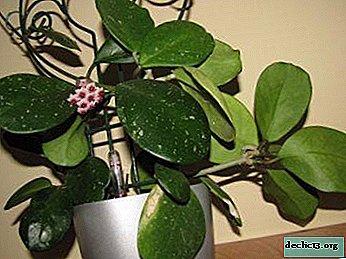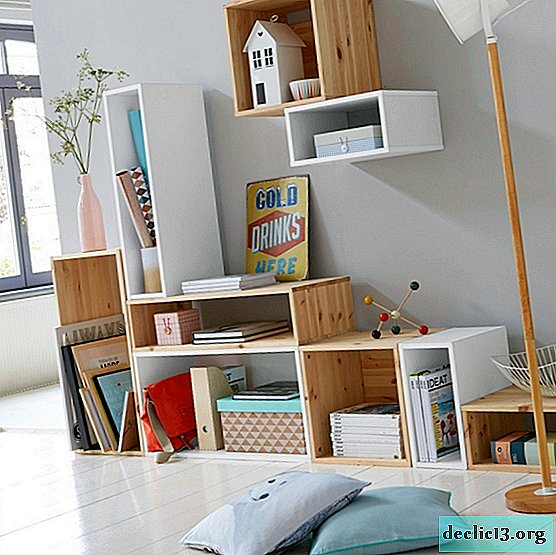Paint brush: types, care and preparation
Very often, when painting the surface, use a paint brush. With proper use and care with a brush, you can easily get a flat, without stains surface. Let's consider some recommendations:
Types and recommendations for work

- Before you start painting with a new brush, it should be prepared. To begin with, dry brush several times on a rough surface, thus removing all loose hairs. After that, the brush must be soaked in water for an hour. This is done so that the bristles become soft and swollen, thanks to this it will hold on tightly in its frame;
- so that the hairs do not fall out of the paint brush, you can also drill a hole in the crimp ring and pour a little glue into it or hammer a wooden wedge into the handle of the handle. You can also remove the cartridge and pour silicate glue, oil paint or a little varnish into it, and then put it on the handle again and let it dry;
- the fly brush can be tied with 2-3 mm twine so that 6-12 cm of the “working” bristle remains (the length of the bristles depends on the paint: for enamel and oil - shorter, for water-based - longer). As the bristles are erased, the twine turns gradually unwind, freeing the hair;
- It is not recommended to work with only one side of the brush. In order for the bristles to wear out evenly, the tool should be turned over periodically;
- apply paint with uniform movements. Do not save paint by rubbing it with a semi-dry brush. Thus, the paint consumption cannot be reduced, and the brush deteriorate much faster;
- it is not recommended to remove excess paint from the brush on the sharp edge of the can; for this, a fixed wooden board is best;
- during a break in the work, the brush should be left in drying oil, water, kerosene or turpentine. In this case, the brush must be fixed so that the hair does not touch the bottom of the dishes. Otherwise, the bristles are deformed;
- sometimes it can be burned to align the brush, but it is worth noting that this method is suitable only for a bast brush or horse hair;
- when using oil paint, the brush should be soaked and dried, and then slightly moistened in water, work for several minutes on a rough surface (brick, concrete or plaster);
- after completion of work, the brush should be carefully squeezed out of paint residues and thoroughly washed in an appropriate solvent (depending on the paint used), then rinse the tool with running water.
- in case of work with adhesive paint, the brush can be washed with warm water. After which the brush is squeezed out and attached to its conical shape.

















